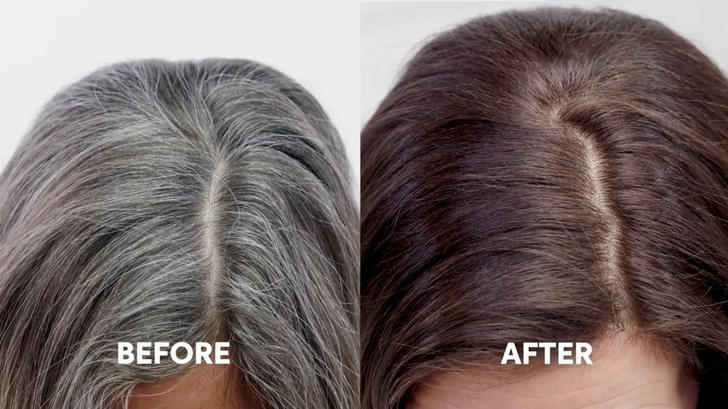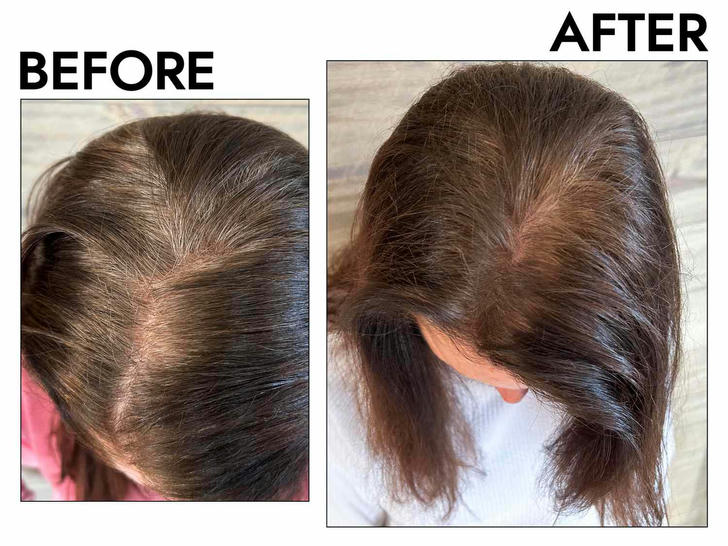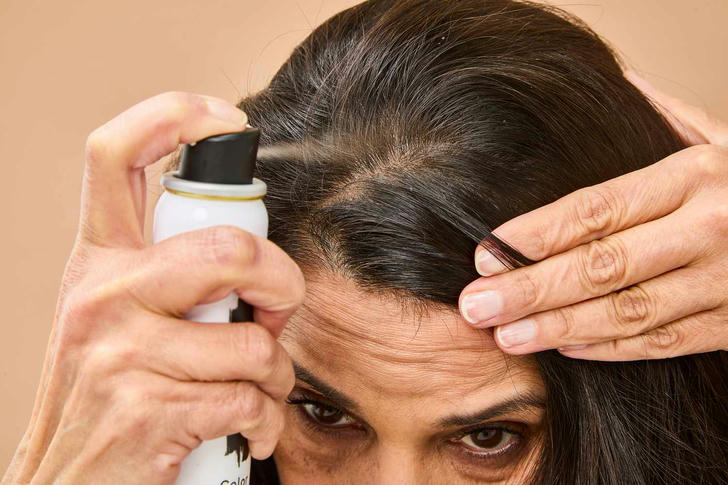Why White Hair Dyeing Products Are Booming in 2025
Turning 40 and beyond often means seeing more silver strands in the mirror—but it doesn’t have to mean giving up on personal style. In 2025, a fresh wave of beauty innovation is putting white hair dyeing products in the spotlight. And it’s not just about hiding gray—it's about embracing confidence, energy, and self-expression.
Forget long salon appointments and expensive treatments. Today’s at-home white hair dyeing products are designed for ease, natural-looking results, and a renewed sense of control. Because looking vibrant should always be on your terms.

A New Generation of Hair Color Technology
The white hair dyeing products of today are far from the harsh chemical kits of the past. In recent years, leading cosmetic companies such as L’Oréal, Revlon, and Clairol have shifted their research towards safer, gentler ingredients while maintaining strong pigmentation and long-lasting results.
One major innovation in 2025: ammonia-free formulations with nourishing botanicals like argan oil, keratin, and aloe vera. These are designed to tint even resistant white hairs while minimizing scalp irritation and hair dryness.
Take for example, L’Oréal Paris Excellence Crème Gray Coverage—a product that consistently ranks among the top for mature users because of its triple care formula and salon-like finish. Another standout is Clairol Natural Instincts, made with 80% naturally derived ingredients and no ammonia, giving soft results without the harsh odor.

Why it matters:
• New formulas are safer for aging scalps
• Better for home use—no professional required
• Color lasts longer without frequent touch-ups
Real Results, Minimal Commitment
In 2025, convenience is everything. Surveys from [Statista] show that 67% of individuals aged 45+ prefer home-dye kits over salon appointments, mainly due to cost and time savings.
But effectiveness matters. Consumers want visible coverage, fast application, and low upkeep. That’s where semi-permanent and root-touch-up products come in.
Popular choices:
• Root touch-up sprays that blend seamlessly and wash out with shampoo—ideal before a last-minute event

• Color-depositing conditioners (like those from Overtone or Kristin Ess) that enhance color while moisturizing
• Foam-based dyes that are less messy and easier to apply evenly on your own
What users love:
• No need to dye the entire head every time
• Quick coverage of new growth at the roots
• Saves money and prevents over-processing hair
Natural Shades and Tones Are In
Forget jet black or unnaturally dark tones that scream “I dyed my hair!” The trend in 2025 is leaning toward soft browns, warm chestnuts, and cool ash tones—natural, flattering hues that work with mature complexions instead of against them.
A popular tip from stylists: choose a shade one to two levels lighter than your original color. This softens harsh lines and gives a youthful glow, especially in outdoor light.
Those with cool undertones may prefer light ash brown or silver-blonde tints, while warmer undertones pair beautifully with golden chestnut or warm honey brown.
Gender-Neutral Hair Care is on the Rise
Hair dye is no longer a “female-only” interest. A growing number of men over 50 are embracing color not to hide age, but to feel refreshed and sharp.
Brands like Just For Men and Madison Reed Mr. are seeing a surge in users due to formulas that blend with natural tones without looking overly dark or “painted on.”
The new tone? Confidence. No shame, no secrecy—just smart grooming.
Ingredients That Care While You Color
Modern consumers are reading labels—and the dyeing industry is responding. Today’s white hair dyeing products often feature:
• Keratin: reinforces hair strength and smoothness
• Coconut and jojoba oils: enhance shine and moisture
• Hydrolyzed silk protein: improves texture and reduces frizz
• No parabens or phthalates in many top-rated products
In short: 2025 hair dyes don’t just change color—they also work like mini-treatments to keep hair looking and feeling healthy.
What to Look for When Choosing a Product
Not all hair types respond the same way to dye. White and gray hairs are often coarser and more resistant, so choosing the right product is essential.
Things to consider:
• Coverage rating: Does the product specifically say “100% gray coverage”?
• Processing time: Many new formulas work in just 10–15 minutes
• Fade resistance: Check reviews on how long color stays fresh
• Ease of application: Look for kits that include everything—gloves, brush, and after-color treatment
A practical recommendation is to start with semi-permanent or temporary dyes before committing to permanent ones. This allows trial-and-error without long-term commitment.
Rethinking the Role of Hair Color
More than a cosmetic step, for many people dyeing white hair is symbolic. It’s about reclaiming energy, refreshing appearance before a job interview, or simply feeling more like oneself again.
And increasingly, it’s also part of a broader journey:
• Re-entering the workforce
• Starting an online training or certification course
• Exploring volunteer or mentorship roles
According to a 2024 Pew Research report, over 29% of Americans aged 60+ are actively seeking part-time work or professional training. For them, small steps like hair coloring can be part of a bigger goal—to stay visible, valued, and vibrant.
Final Thoughts
White hair is beautiful. But so is choice. In 2025, hair dyeing products offer more than just a change in appearance—they’re tools of self-expression, confidence, and possibility.
Whether preparing for a new chapter in life, exploring new career opportunities, or simply enjoying the pleasure of self-care, choosing the right dyeing product is a small investment with meaningful returns.
Sources:
• Statista: Global Hair Coloring Product Market
• L’Oréal Paris Official Website
• Clairol Product Catalog
• Pew Research Center: Older Americans in the Workforce
• Consumer Reports: Best At-Home Hair Dyes 2024
• FDA Guidelines on Cosmetic Labeling
